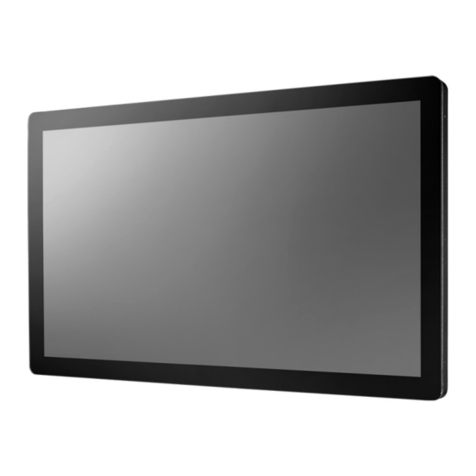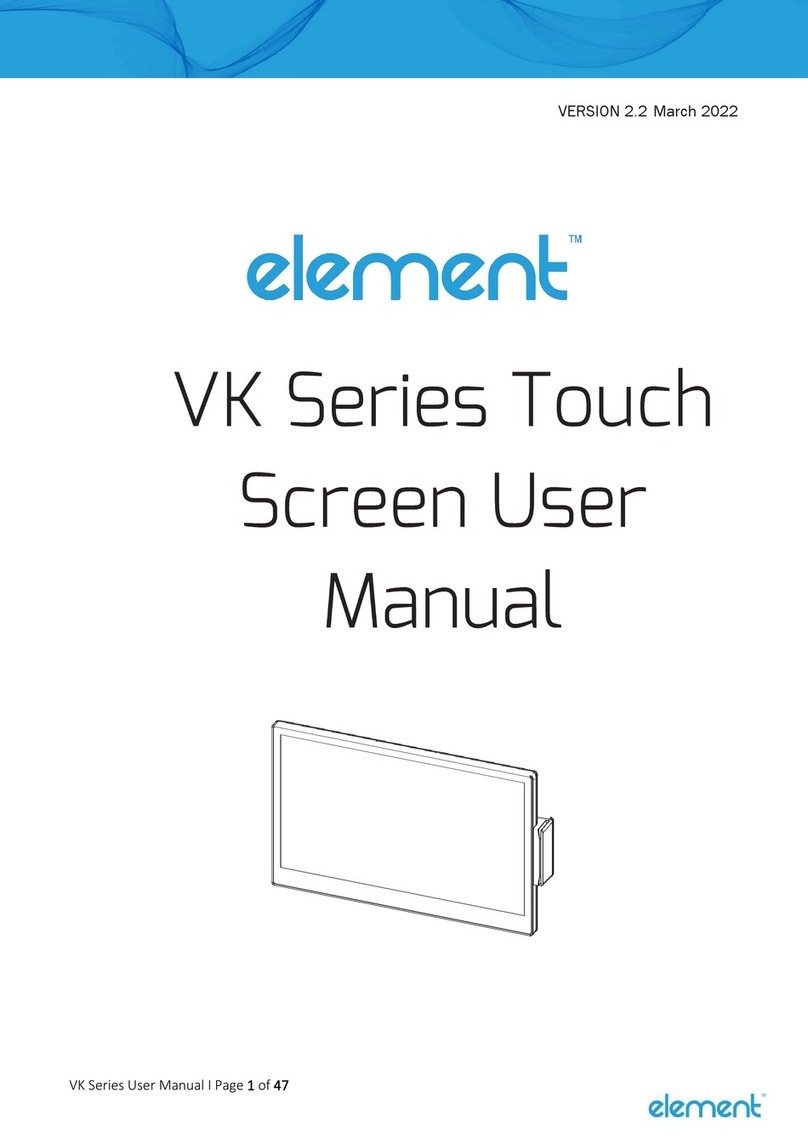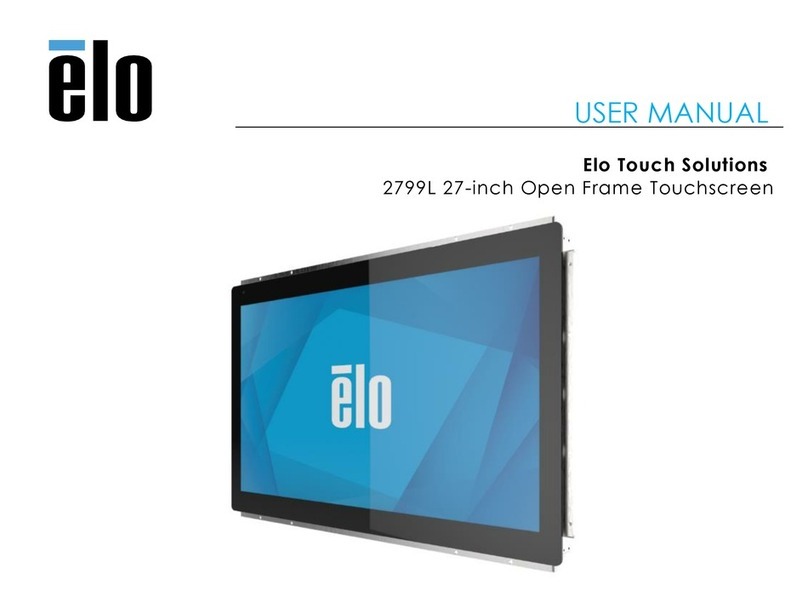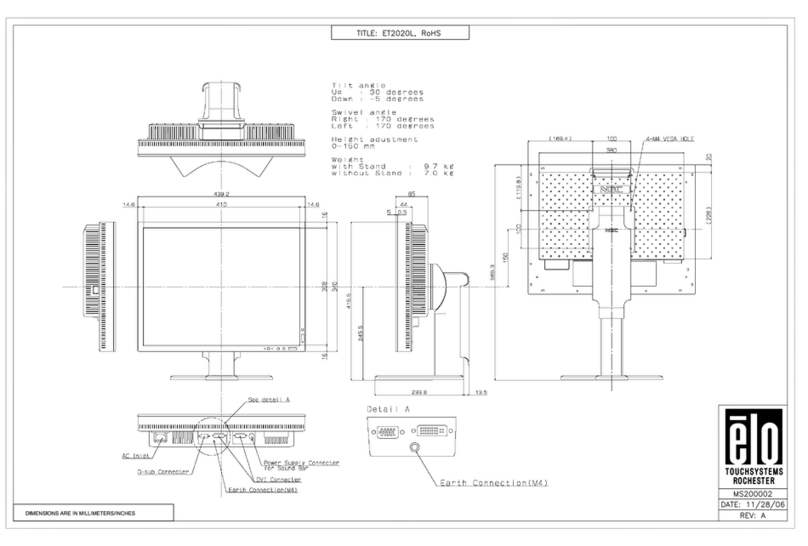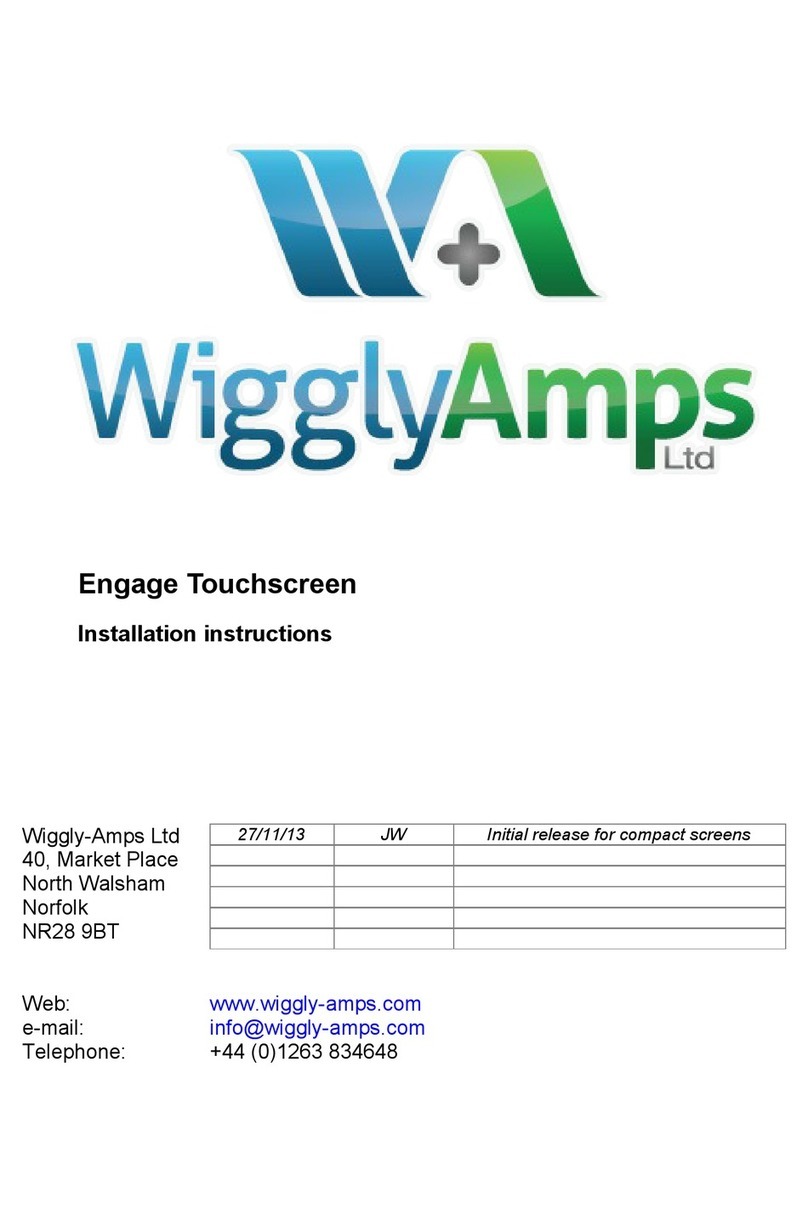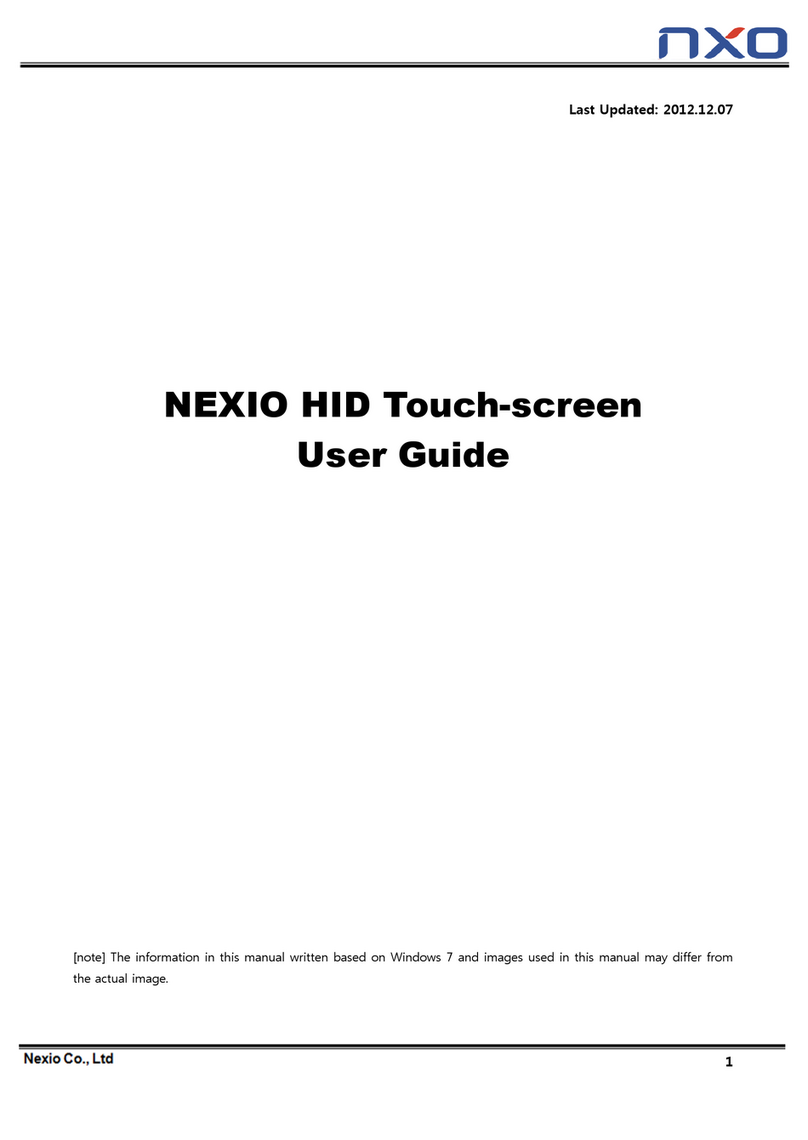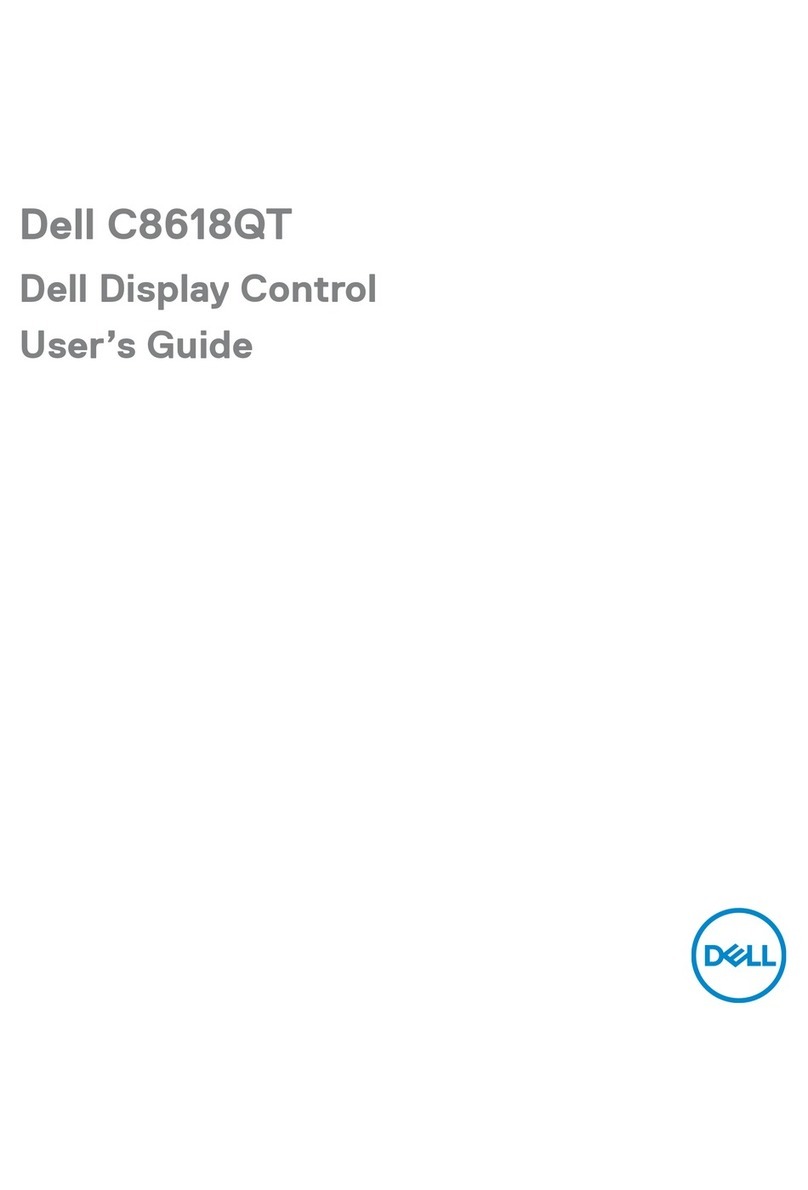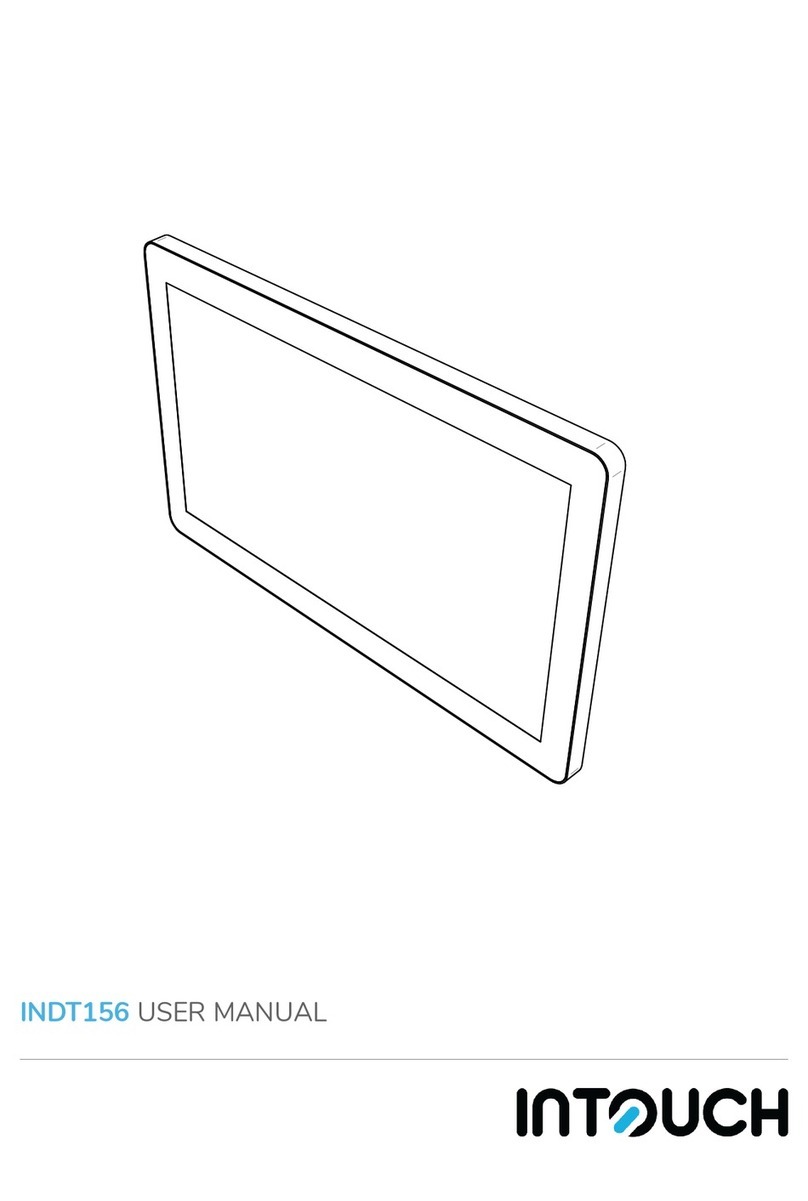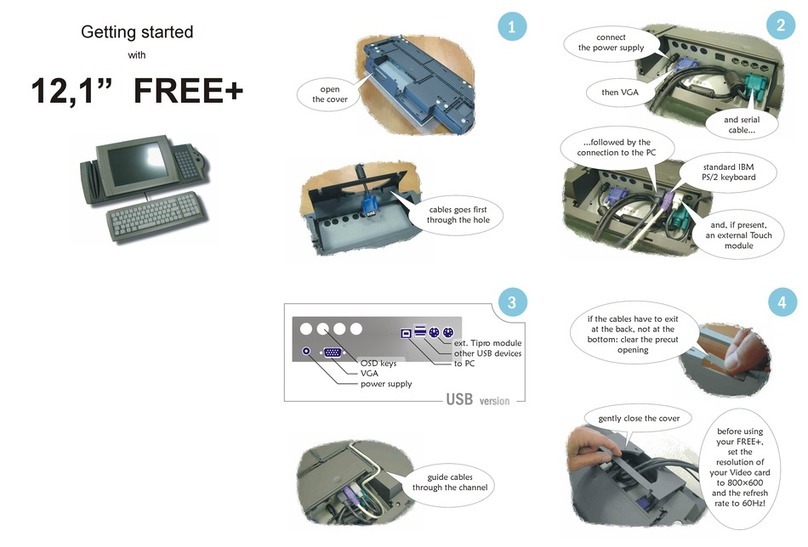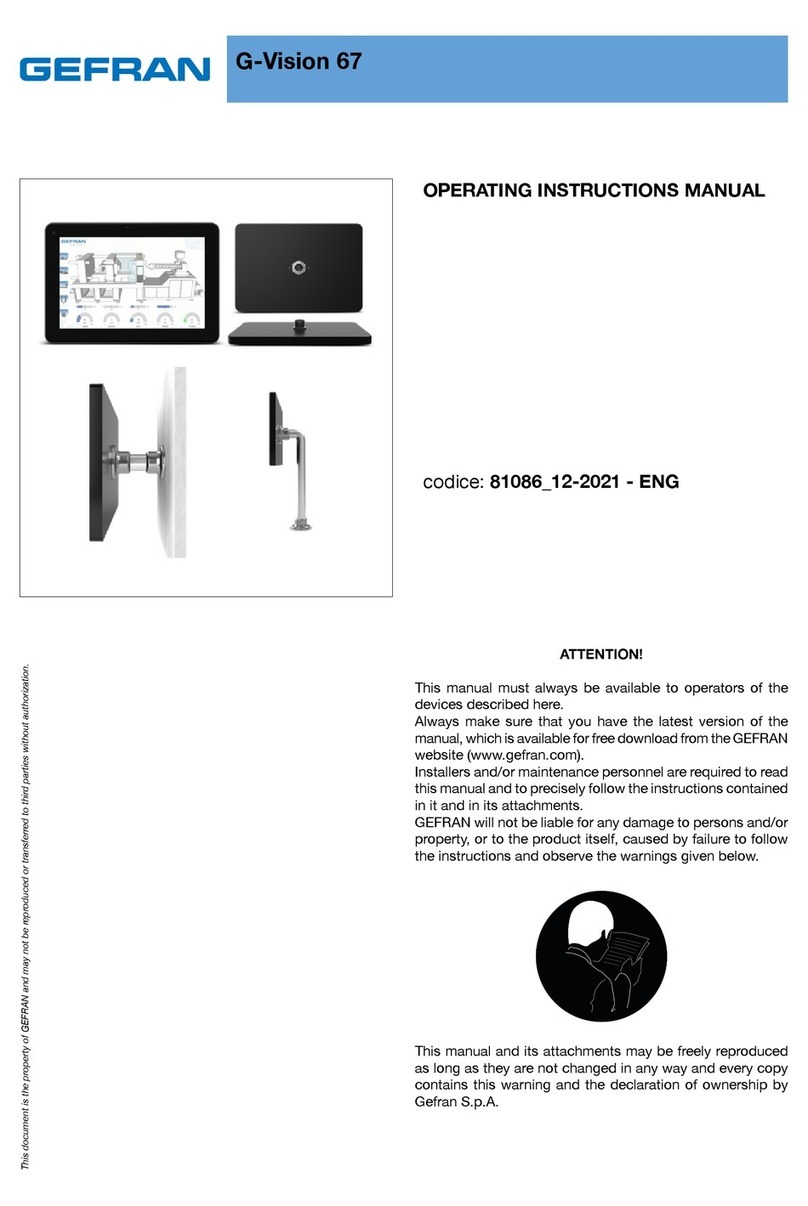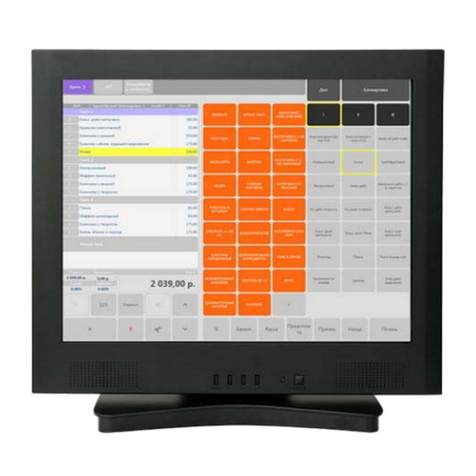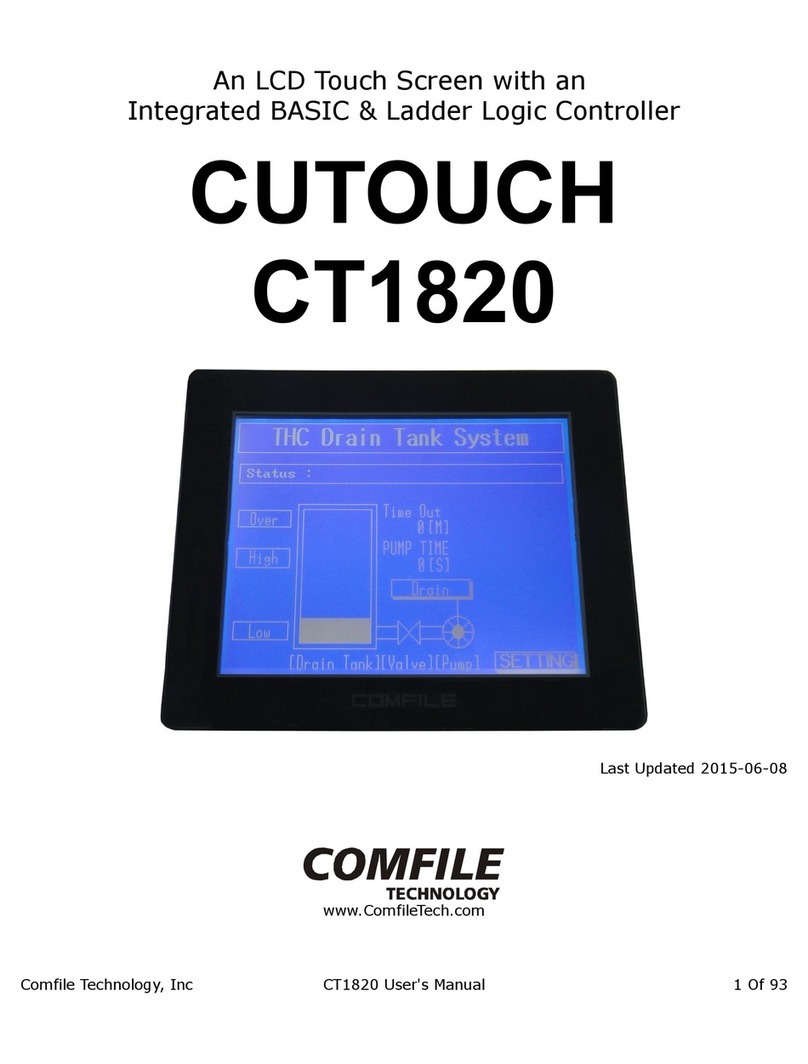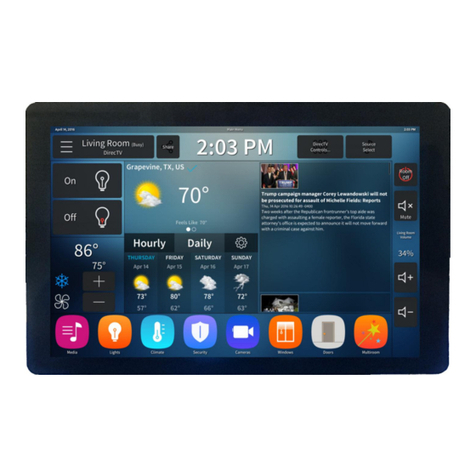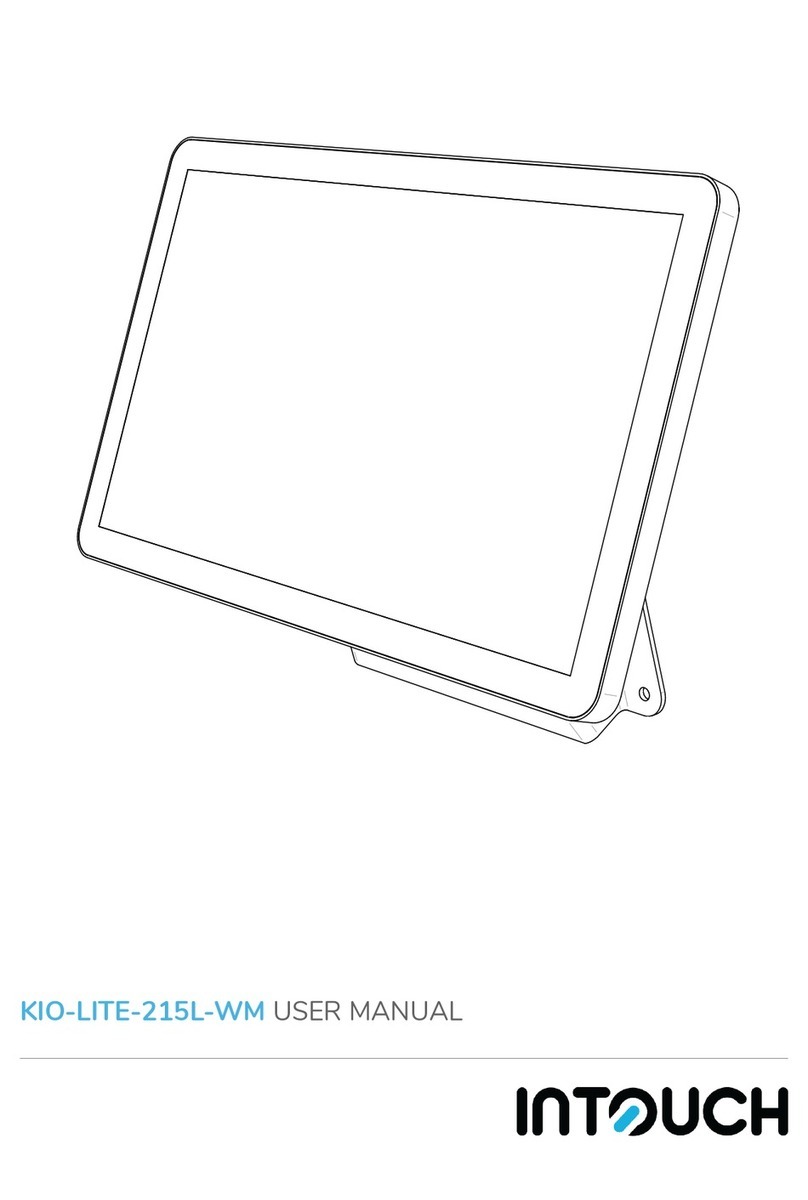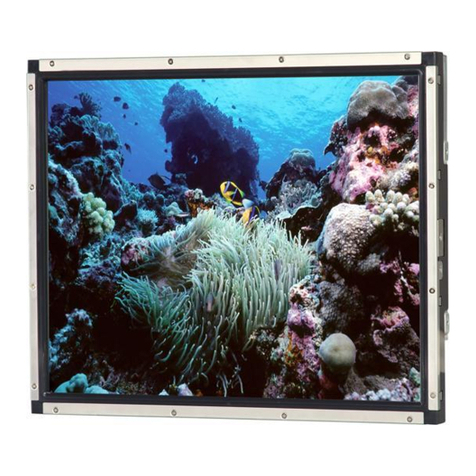
SETTING CUSTOM FOLDS
AUTOBATCH COUNTING MODE
The AutoBatch feature can be set to count down the number of
sets in a batch, the number of sheets in each set, and the delay
between each set. To enter the AutoBatch Mode press the
“ “ icon on the main screen.
To enter the number of sets press the “ “ (g. 8a). Enter
the number of sets on the keypad that appears. Next press the
“ “ icon to select the number of sheets, and then press the
“ “ icon to enter the delay between sets. Press the “ “ to
exit the keypad.
Press the “ “ icon to begin folding. The folder will stop
when the number of sets counts down to zero (0).
To exit the AutoBatch Mode press the “ “ icon.
Note: Press the “ “ icon on the keypad to exit back to the
Auto Batch screen. Press the “ “ icon to edit the number
entered. Press the “ “ icon on the keypad to reset the
entered number to zero (0).
Example 1: Uneven “Z”
1. Measure the length of panel “A”
2. Adjust the upper fold plate so that the stop plate lines
up with the measurements of the panel “A” i.e. if panel
“A” is 5 1/4” long slide the stop plate up or down so that
it lines up with the 5 1/4” mark on the fold plate.
3. Measure the length of panel “B”
4. Adjust the lower fold plate so that the stop plate lines
up with the measurement of panel “B”
5. Load forms and press test. If folds are too long or too
short adjust accordingly.
1. Measure the length of panel “A” & “B”
2. Adjust the upper fold plate so that the stop plate lines up
with the measurements of panel “A” & “B”. i.e. if panel
“A” & “B” are 10 1/2” long slide the stop plate up or
down so that it lines up with the 10 1/2” mark on the fold
plate.
3. Measure the length of panel “B”
4. Adjust the lower fold plate so that the stop plate lines up
with the measurement of panel “B
5. Load forms and press test. If folds are too long or too
short adjust accordingly.
Example 2: Uneven “C”
5
Panel A
Panel B
Panel A
Panel B
Fig. 8a
Fig. 8b
1 2
3
